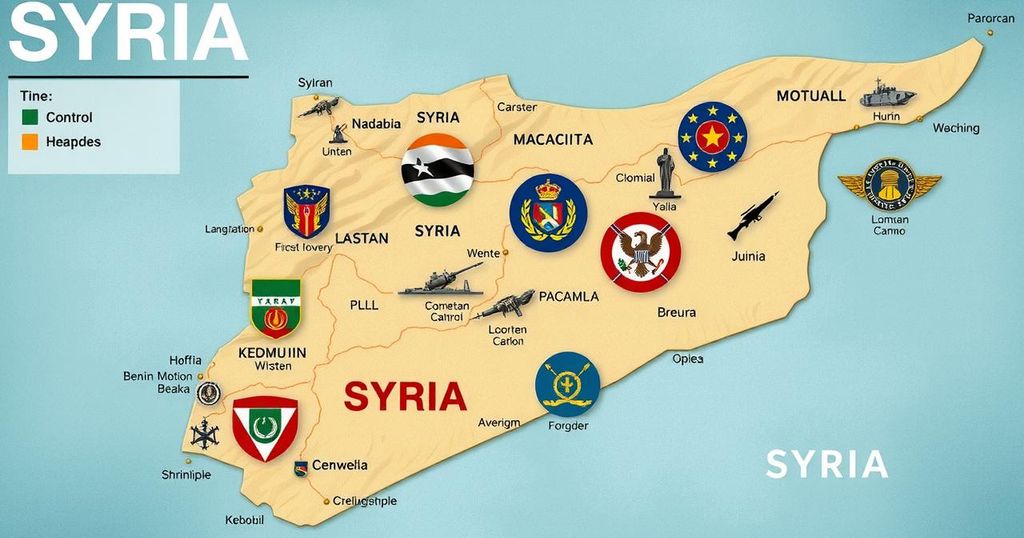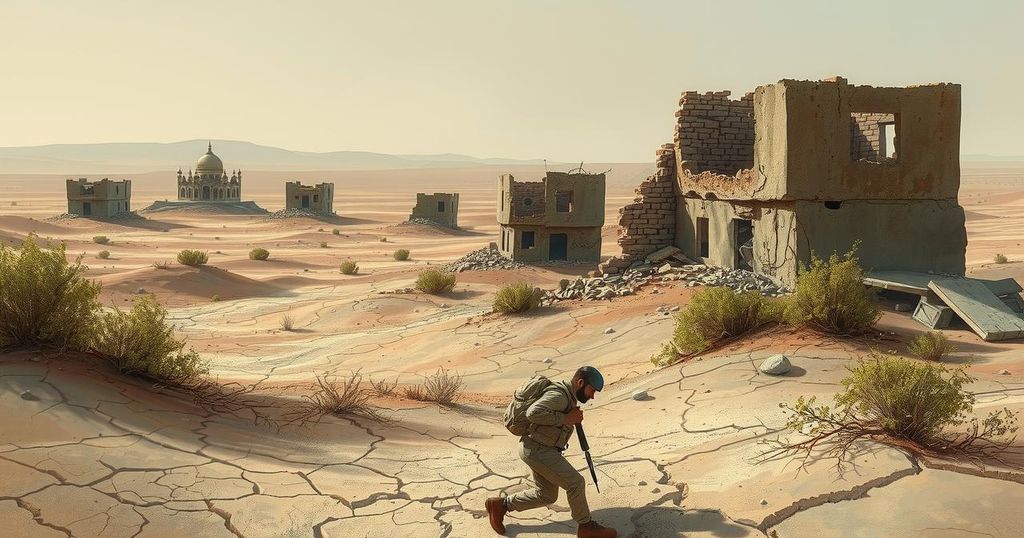The U.S.-backed Syrian Democratic Forces (SDF) have agreed to merge with Syria’s interim government, encouraging political stability after years of civil unrest. The deal raises questions for U.S. counterterrorism operations, particularly amid ongoing threats from the Islamic State. While the integration may ease tensions with Turkey and enhance Kurdish representation, it presents significant challenges that require careful navigation.
The Kurdish-led Syrian Democratic Forces (SDF), which command substantial territory in northeastern Syria, have agreed to merge with the transitional government in Damascus. This merger, reportedly supported by the United States, presents an opportunity for interim President Ahmed al-Sharaa to unify various factions in the nation after years of civil war. The SDF will hand over control of critical assets, including oil fields and military infrastructure, to the new government, raising significant implications for the future of U.S. counterterrorism efforts in the region.
This integration paves a path for political representation for the Kurdish population, who have historically faced oppression from the Assad regime. It may also help mitigate tensions with Turkey, who views the SDF as a terrorist organization due to its links with the PKK. Turkish officials have expressed support for the deal, which aligns with a recent call from the PKK leader for disarmament.
Despite this progress, challenges remain for Syria as it navigates a tumultuous transitional phase. The merger follows violent sectarian clashes that have resulted in numerous civilian casualties, highlighting the difficulties faced by al-Sharaa in achieving stability through a national ceasefire. Retired General Joseph Votel has expressed cautious optimism regarding the merger, noting its potential to advance the political situation for Kurdish forces.
The SDF’s transition also poses questions regarding the presence of U.S. military forces in Syria. With around 2,000 troops currently deployed to combat Islamic State resurgence, a successful integration could lead to discussions about U.S. troop withdrawal. Votel cautioned that the Islamic State remains a significant threat in Syria, signaling an uptick in their activities over recent months. He remarked that the implications of troop withdrawal could jeopardize counterterrorism operations in the region.
Concerns regarding a potential U.S. withdrawal from Syria persist. Analysts argue that such a move could strengthen the Islamic State’s foothold, particularly affecting the management of prisons that detain numerous jihadists. Colin P. Clarke from the Soufan Group emphasized that a withdrawal would be a grievous error, noting the likelihood of jailbreak attempts by Islamic State fighters. He highlighted that while the merger might provide cover for Trump’s troop withdrawal agenda, it should not lead to complacency regarding Islamic State threats.
The merger between the SDF and the Syrian government signals potential advancements in Syrian politics and regional stability. However, it raises critical concerns regarding U.S. counterterrorism operations and military presence in Syria. The integration process presents both opportunities and challenges, particularly concerning the ongoing threat posed by the Islamic State. Addressing the complexities of this transition will be vital for ensuring a stable environment in Syria and the surrounding region.
Original Source: foreignpolicy.com




